Homemade Soil Superstuff: Biochar
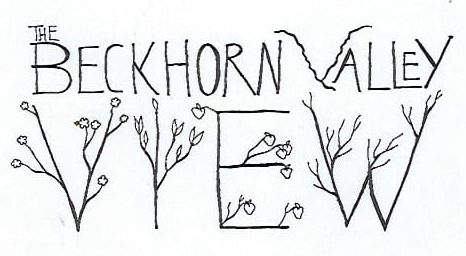
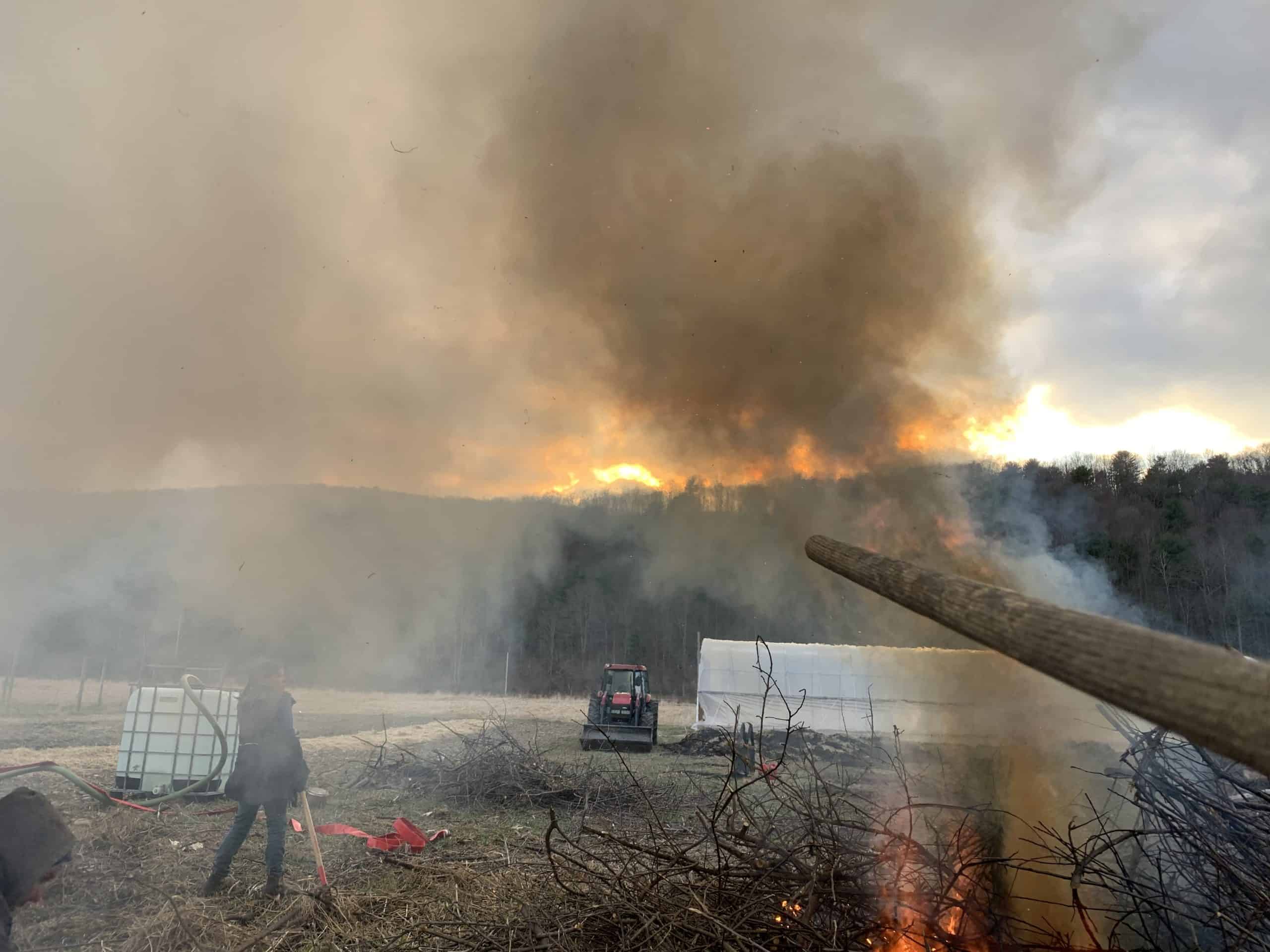
Biochar. What is it? It sounds like some galactic energy that powers spaceships, but actually it’s carbon rich charcoal, powering plants. Pre-Columbian Amazonians made biochar, or terra preta de Indio as the European settlers called it, by burning agricultural wastes and covering it with soil. Biochar is a amazing substance, it has a microscopic honeycomb structure that allows soil to have better aeration, hold more water, and to retain more nutrients. It also provides the perfect soil structure for beneficial microorganisms that fight pests. As well as all that, biochar is an ecological superhero, biochar doesn’t degrade so its permanently stored in the soil, and what’s more, for every ton of biochar stored in the soil, three tons of carbon dioxide are permanently removed from the atmosphere! Now that’s a great way to fight crime!
Now I bet you're thinking “this stuff sounds awesome for my garden! But how do I make it?!” I was hoping you would ask! Let’s get started.
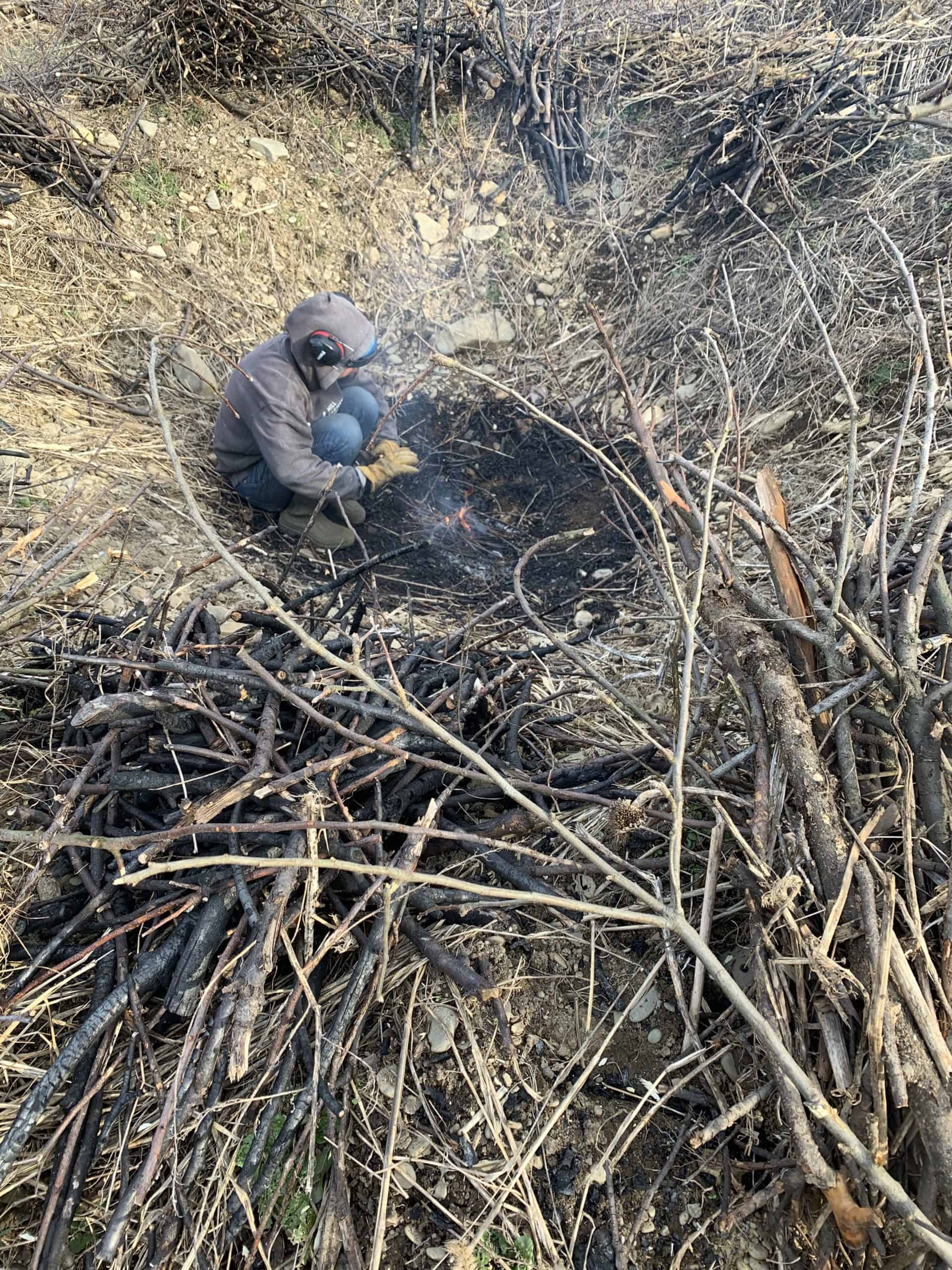
- First you are going to need your biomass. In English, this translates to any spindly brush or tree branches. Both green or dry work as long as you can get the fire blazing. You are also going to want to dig a pit, 4’ square and 2’ deep works well for most burnings. You may be wondering, why a pit? Because the pit prevents the biomass from burning to ash. At the surface, near the top of the pit, biomass is burned feeding the fire, the already burned stuff near the bottom receives no air so it can not be burned any further, but it stays hot from the burning brush on top. This causes a chemical change in the biomass called pyrolysis, and viola! Biochar!
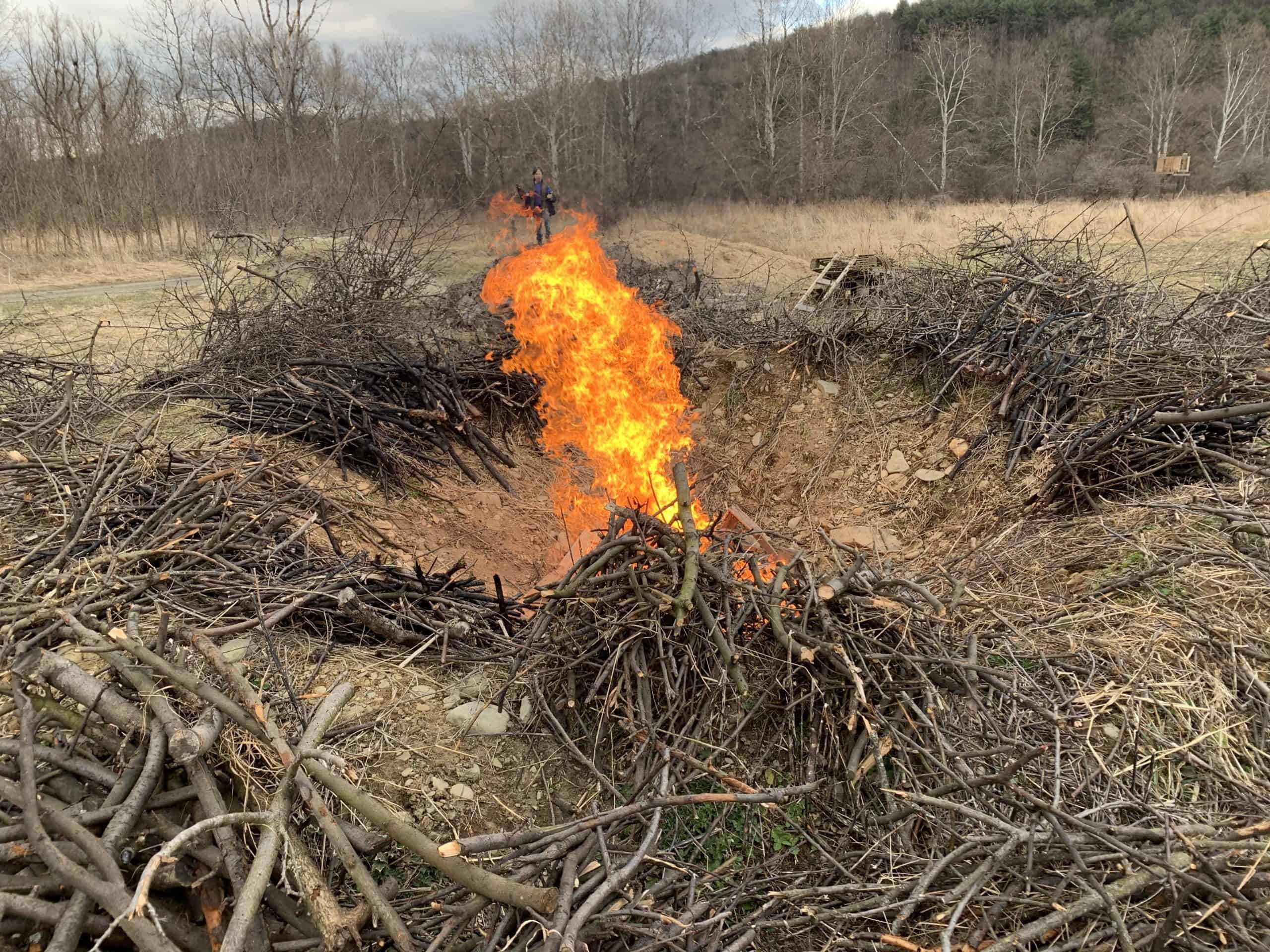
2. Now it’s time to build your fire. Start slow, but keep adding dry material until you get a roaring blaze that takes up most of the bottom of your pit. As you can see here, we piled apple prunings around the pit, ready for burning.
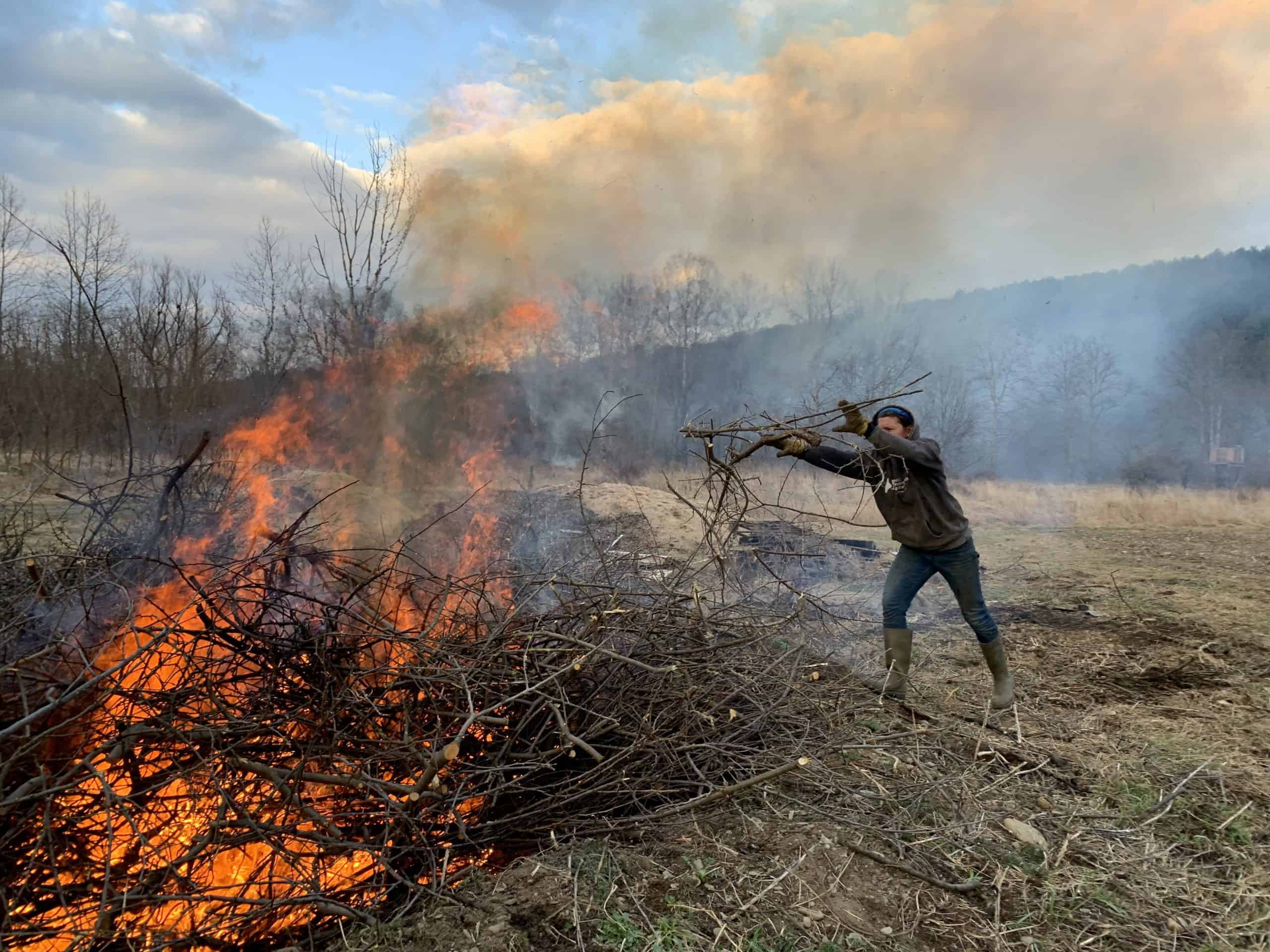
3. Next you are going to continually pile on biomass, trying to keep the fire just on the verge of being smothered, but still burning hot. Try to apply new material evenly across the fire, packing it down with rakes or shovels (or tractors).
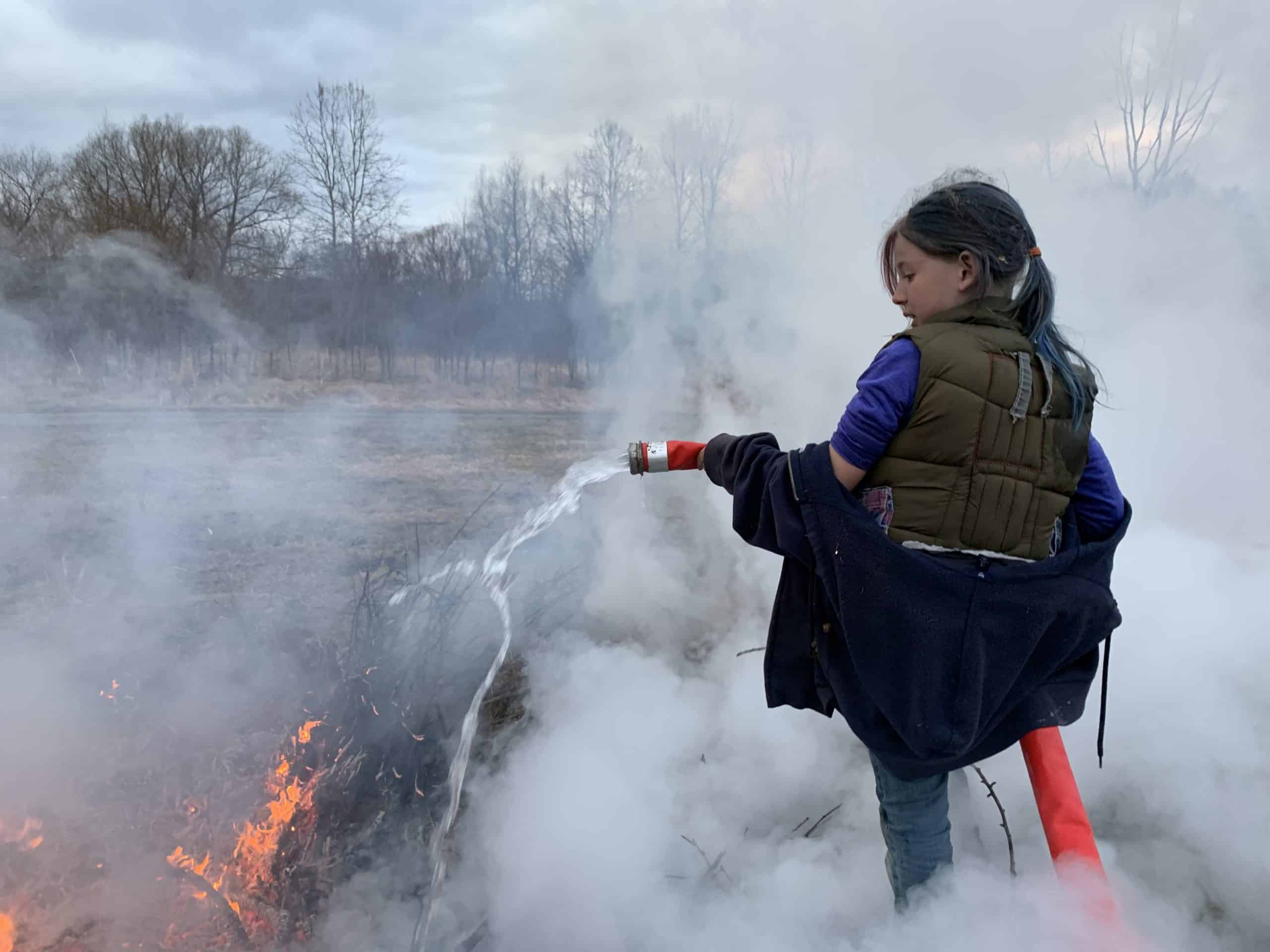
4. When you run out of fuel and the fire has fully burned all your biomass, it’s time to steam things up. Take a garden hose, or if you have a bigger fire you might want something stronger, and spray the blaze all over until it is 100% extinguished. This is where the firetruck comes tearing down the street, blasting its sirens, believe me, this part makes a lot of steam.
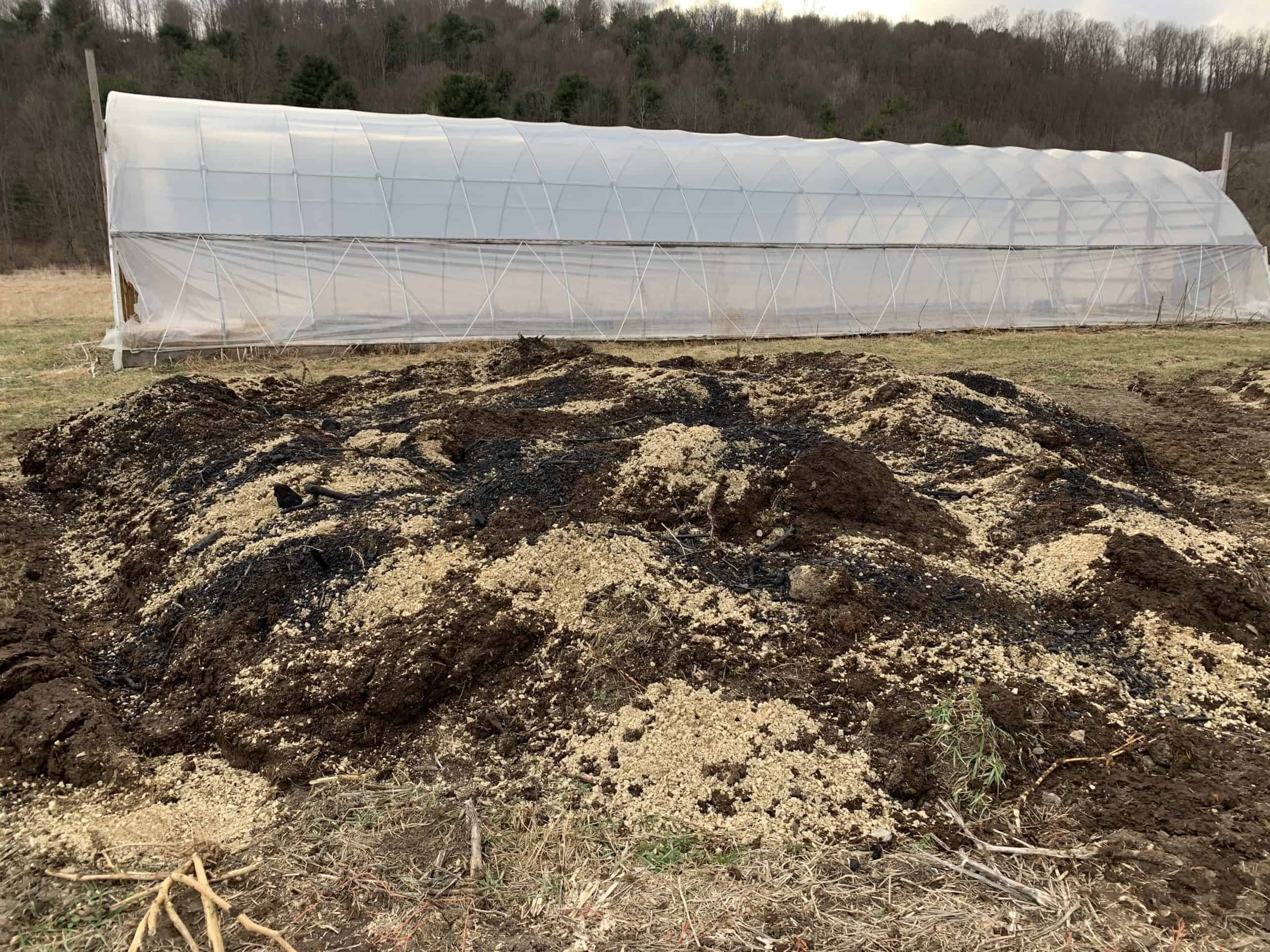
Important note: biochar must be saturated in water and inoculated with nitrogen and micro organisms before being put on the soil. It's a great for holding nutrients, but not unless you put nutrients in it! Consider mixing biochar into your compost and letting it sit for around a month before spreading it on your garden. We put a bunch on our composted apple pomace pile along with some minerals and organic cow manure, soon to be feeding our apple trees!

Congratulations! You just made your first batch of biochar! After it is infused with nutrients you can spread it on your garden to make your soil amazing and your plants happy. This is also a great excuse to go out and burn a fire in a pit. And don’t forget to celebrate with a drink! (Cough, cough. Cider, of course!)
Good job! Or as Mary Poppins would say, supercharcoalisticecologicaloses!
Hi there! Welcome to my column: The Beckhorn Valley View.

My name is Leila. I'm an un-schooling, circus performing, art-loving farm kid who now has their own column in the Eves Cidery farm blog. In my regular column you'll get a Leila-eye-view of the farm, I'll share with you the beautiful scenery of the cider orchards, creative solutions to everyday farm problems, the latest news from the farm dogs, a unique glimpse of my distracted parents and so much more. I hope you enjoy the read and become a regular- have a creative day!
